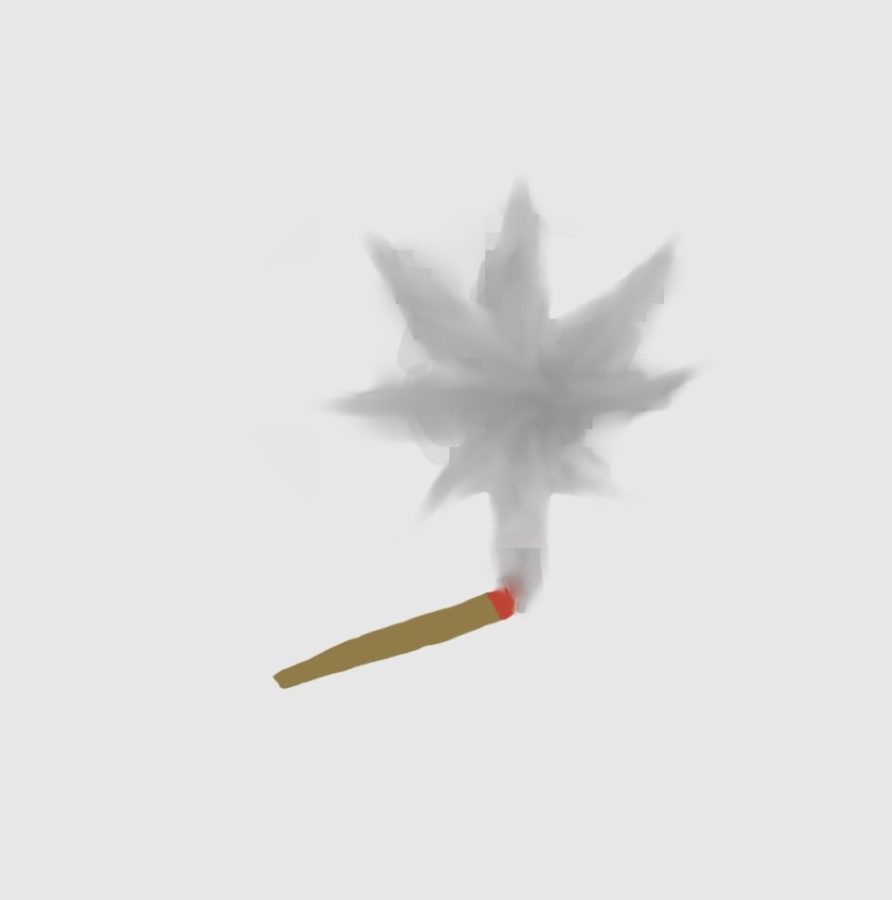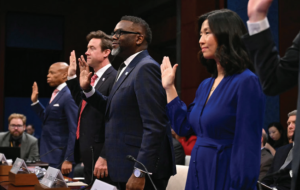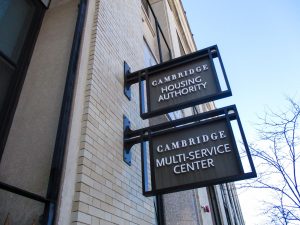Breaking Down the CRLS Marijuana Policy
November 9, 2022
Unbeknownst to many students, CRLS does in fact have a strict policy which outlines the severe punishments for the use or possession of marijuana and the extent of the punishment for suspected marijuana use among students. On September 14th, an email was sent to CRLS teachers and staff regarding the substance use and marijuana disciplinary policy in the CRLS student handbook. A copy of this email has been provided to the Register Forum by a staff member. Although the handbook is available on the CRLS website, the most recent version is from 2018, making it unclear which policies have changed, and which are in effect during the current school year.
Alicia Bairos, Interim Director of Safety & Security for CPSD, broke down the intended course of action for CRLS staff who encounter situations involving marijuana with students. Bairos cites the handbook, saying, “The presence of controlled and/or dangerous substances implies that a student has been found to be in the immediate area where it was used, detected, or confiscated; and makes no reasonable attempt to leave the area.” The handbook is identifying that any student potentially present at the time of marijuana use will be liable. When referring to evidence that marijuana was consumed, the handbook uses the phrase “used, detected, or confiscated” to specify that the physical substance doesn’t have to be found or confiscated in order to initiate this policy, just “detected.”
The policy goes on to define, “Procedure for Students in the Presence: If the administrator determines there is enough circumstantial evidence to confirm that the student was present to participate in substance abuse, the student will receive the same consequences as the user.” The use of the phrase “circumstantial evidence” is the key to this clause of the policy. On its own, the phrase is quite vague. However, Bairos defines such circumstantial evidence in her email as “when a staff person smells marijuana on a student or in the classroom.” In short, CRLS has the power to search and/or punish anyone who, according to a staff member, smells like marijuana, as though they have consumed it themselves. The policy defines that punishment: “Students in the presence of controlled and/or dangerous substances are subjected to disciplinary consequences which range up to 3 days out of school suspension, as well as a referral to a substance abuse counselor.”
The new light shed on this policy in recent weeks has brought up many questions among the CRLS community about how the school handles incidents involving drugs. Many wonder if the policy goes too far with punishment for bystanders and for users. How does this affect people in enclosed spaces, like bathrooms, right after someone has smoked? What about people whose parents legally consume marijuana at home? Many aware of this policy say it goes too far and suggest the school should take steps towards rehabilitation instead of punishment.
This piece also appears in our October 2022 print edition.










